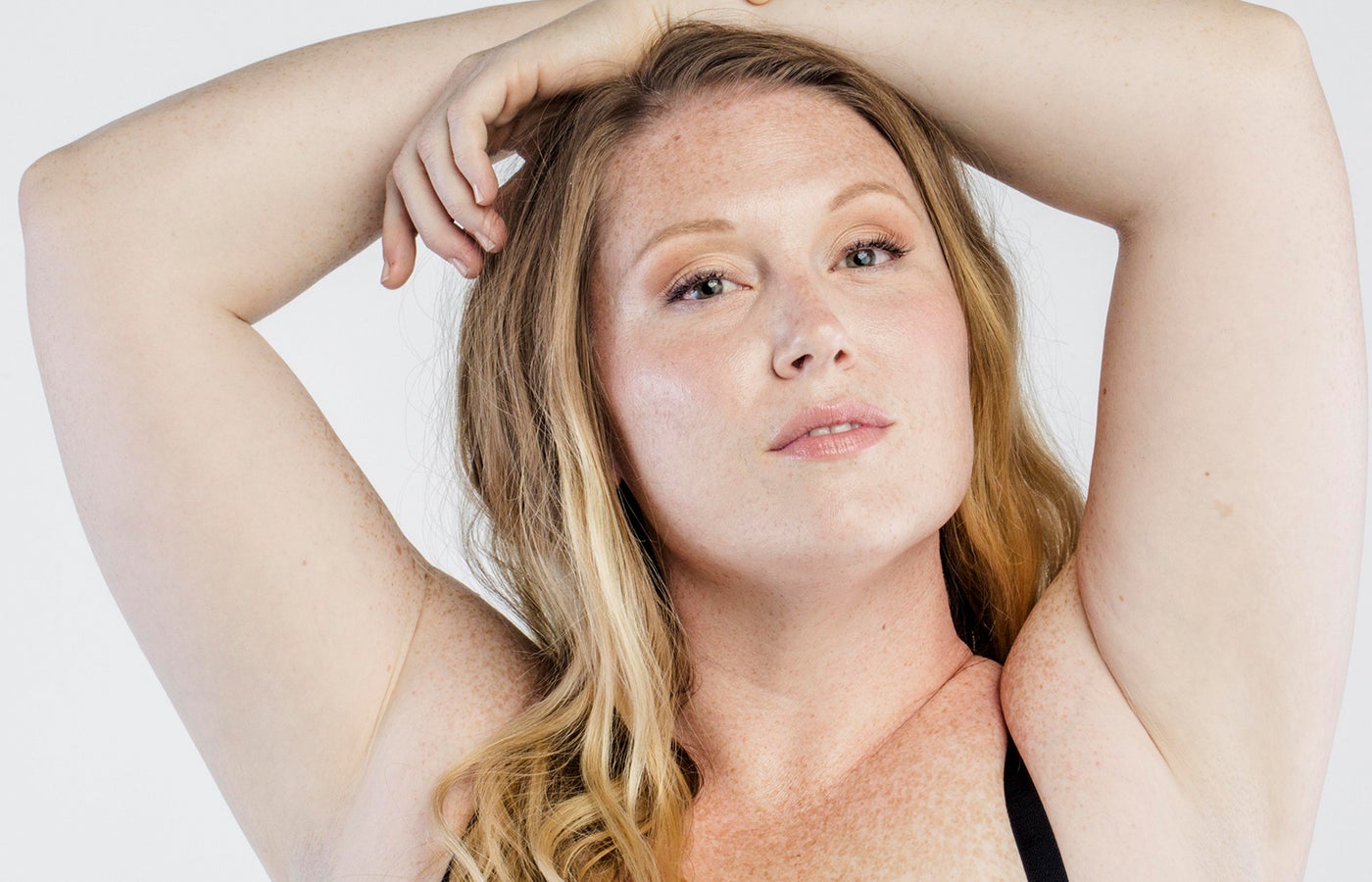Turkey Neck
It’s not uncommon to develop excess skin—or a turkey neck, as many call it—as you age. However, there are both surgical and nonsurgical solutions for this cosmetic concern. From topical creams to in-office procedures, RealSelf members and experts both agree that a turkey neck doesn’t have to stay.
It’s not uncommon to develop excess skin—or a turkey neck, as many call it—as you age. However, there are both surgical and nonsurgical solutions for this cosmetic concern. From topical creams to in-office procedures, RealSelf members and experts both agree that a turkey neck doesn’t have to stay.
Top treatments


Loose, sagging, wrinkled skin under the jawline is commonly called turkey neck. When the neck skin sags and wrinkles, it can look similar to a turkey wattle.
It's a common side effect of aging that can happen to anyone. The underlying muscle, called the platysma, runs from your chin down to your clavicle (collarbone). People develop turkey neck when this muscle weakens and the skin on the neck loses its elasticity. Lifestyle factors like smoking and sun exposure can also accelerate skin aging and sagging.
Some people believe that certain neck and facial yoga exercises can help strengthen the underlying neck muscles, and there may be some benefit from neck exercises like the forehead push. But they won’t remedy the sagging skin responsible for turkey neck.
While a turkey neck doesn’t have a medical need for correction, it can be a source of insecurity for many. The most effective way to achieve a dramatic reduction in sagging and create a more defined neck and jawline is through in-office procedures. These are the treatments that doctors and RealSelf members say are most effective.
- FaceTite is an FDA-approved procedure that uses radiofrequency (RF) energy to stimulate collagen production beneath the skin’s surface, tightening and firming the skin for up to five years. When it’s used on the neck, FaceTite is often marketed as NeckTite. Ideal candidates have mild to moderate sagging (what plastic surgeons call laxity) and good skin elasticity. They're typically in their 30s to 50s. “It works by heating the lower dermis layer of the skin, which is primarily composed of collagen,” says New York City plastic surgeon Dr. Richard Westreich. “Over time, the body's natural healing response causes new, skin-firming collagen to form.” During a NeckTite procedure, external and internal probes heat the tissues. In addition to contracting the existing collagen fibers and stimulating new natural production of collagen, the procedure also dissolves fat. The tiny incision made to insert the cannula does not require stitches or produce a visible scar. This minimally invasive procedure can produce results that last for up to five years. Find doctors who offer FaceTite
- Ultherapy skin-tightening treatments use ultrasound energy to gently heat the skin’s subcutaneous (deep) tissue and stimulate the natural production of collagen, tightening and lifting the skin over time. It’s FDA-cleared for the neck, chin, brow, and chest areas. “The treatment is very effective,” says New York City dermatologic surgeon Dr. Ronald Shelton. “It doesn’t duplicate the results of a facelift, but it can postpone the need for surgery for many years.” The downside: because the ultrasound energy used in Ultherapy is intense, the experience can be painful. Typically, your doctor will give you oral pain medication prior to the procedure. Depending on the size of the area you’re having treated, it will take 30 to 90 minutes. You may need someone to take you home (depending on how much pain medication you took), but you should be able to resume normal activities the following day. Ultherapy can produce some immediate tightening, but “the real magic happens over the next three to six, even up to 12 or more months, as your body steps up collagen production,” Dr. Shelton says. The ideal candidate for Ultherapy has mild to moderate sagging skin. Find doctors who offer Ultherapy
- Exilis is a skin-tightening and fat-reduction procedure that’s commonly used on areas with stubborn fat and loose skin. Most areas that are treated are sections of the body that seem resistant to diet and exercise, specifically the face, neck, jowls, abdomen, arms, and thighs. The device utilizes ultrasound energy paired with radiofrequency energy to destroy fat cells and stimulate collagen production. The treatment is noninvasive and requires no recovery time, however, multiple sessions are typically needed for an optimal outcome. While some people notice visible improvement after a single treatment session, most see ideal results after five to six sessions. Find doctors who offer Exilis
- Vivace combines the skin rejuvenating benefits of microneedling and radiofrequency energy in a single treatment. While it’s typically used on the face, it can also be used on the neck to treat mild skin laxity. The handheld device delivers RF energy through tiny needles to the lower dermis layer of skin. The needles and heat create microdamage to the skin that revs up the body’s collagen and elastin, leading to a firmer, smoother look. People tend to notice brighter skin within a few hours post-treatment, but more significant firming occurs after several weeks, as new collagen forms. It’s recommended to undergo Vivace, or similar RF microneedling treatments (like Morpheus8), every four to six months to maintain results. Find doctors who offer Vivace
- A neck lift is often needed, for more severe cases of turkey neck. This surgery can slim and smooth the neck and jawline by tightening the skin and removing the excess. Neck lifts are often performed at the same time as a facelift or other complementary procedure, though they can be a stand-alone treatment. Neck lifts are typically performed as outpatient surgeries, under general anesthesia. Each neck lift procedure is different, but the most common issues targeted by the procedure are excess fat and loose skin. It’s a significant enough procedure that you’d need one to two weeks of downtime afterward. “Results will last years,” says Dr. Dilip Madnani, a facial plastic surgeon in New York City. “But we don’t stop the aging process. So inevitably, your neck will drop some over time. However, it typically never sags to the extent it did before surgery.” Neck lifts don’t come cheap, but they’ve earned a high Worth It Rating from RealSelf members. Find doctors who offer neck lifts
- Lower facelift, which is sometimes called a mini lift, concentrates only on the lower third of the face. Compared to full facelift, lower facelifts are less invasive, with smaller incisions, less scarring, a lower cost, and a quicker recovery. A lower facelift can be ideal for people with mild to moderate turkey neck and jowling. Lower facelifts are typically performed as outpatient surgeries, under general anesthesia, and results can last up to six years. The surgeon usually makes the incisions near the front of the ears, from the earlobes to the hairline, then pulls the skin, underlying fat, and muscles into the desired position. They’ll suture the tissues into their new position, trimming any excess tissue and fat in order to eliminate sagging and improve jawline definition, before closing the incisions. “A lower facelift will address the loose skin of the neck, the loose muscles of the neck, the irregular jawline, and some of the lower cheek,” explains Dr. Jeffrey Darrow in a RealSelf Q&A about lower facelift downtime. “The usual recovery time for a procedure like this is approximately 7 to 10 days.” Patients in their late 40s and their 50s who are beginning to see mild to moderate sagging around their mouth, jawline, and neck are usually considered good candidates. Find doctors who offer lower facelifts
Related: The Products and Procedures Dermatologists Use to Anti-Age Their Own Necks
Updated July 2, 2021





